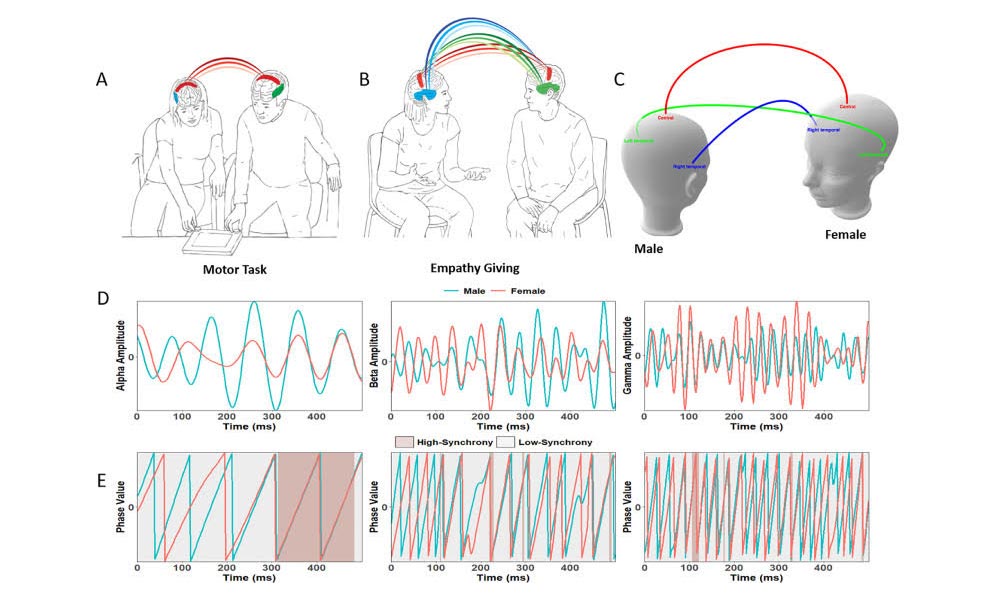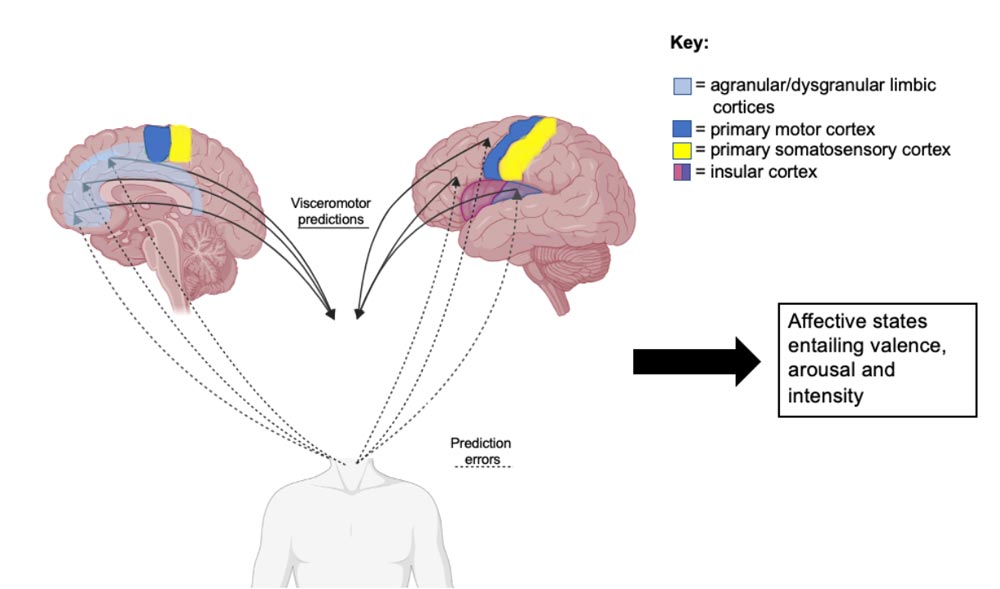Dear colleagues and friends,
Agree, it is not usual to take romantic attraction as a subject of scientific study, however, today an esteemed colleague shares this article published on June 19, 2024 by the Hebrew University of Jerusalem (HUJ), republished by Medical Xpress on the same date and translated by us for this space. Let's see what this is about...
A new study led by the Dr. Shir Atzil and his team from the Department of Psychology of the Hebrew University reveals intriguing ideas about the mechanisms of romantic bonding, focusing particularly on physiological synchrony (the alignment of physiological responses between individuals) and its impact on the perception of romantic attraction.
Physiological synchrony refers to the alignment of physiological responses between individuals. This can include parameters such as heart rate, respiration, and skin conductance. When two people are physiologically synchronized, their body functions align in a way that can be measured and that often occurs naturally during interactions.

The research integrated experimental and observational methods to investigate how physiological synchrony influences romantic attractiveness. An online experiment involving 144 participants demonstrated that inducing synchrony between actors significantly increased their attractiveness indices.

Additional research in a laboratory speed-dating scenario with 48 participants identified individuals with a high natural propensity to synchronize in both social and non-social contexts, referred to as “Super Synchronizers”. These individuals were consistently rated as more romantically attractive, underscoring the potential for physiological alignment to significantly improve perceived attractiveness.
Dr. Atzil explains: “Our findings suggest that the ability to synchronize with others may not just be a social skill, but could arise from more fundamental sensorimotor skills that require an individual to adapt to dynamic stimuli. This adaptability, whether in response to social factors, signals or rhythmic patterns, is perceived as attractive, potentially due to the beneficial physiological consequences that a synchronous couple can have.”
The study proposes that synchronized physiological states can improve the regulation of several body systems, making these interactions more satisfying. In addition, effective synchrony may indicate cognitive and evolutionary advantages, suggesting a deeper biological importance of this trait.

Despite these promising ideas, Dr. Atzil points out the limitations of the research.

“The cross-sectional design of our study limits our ability to draw definitive conclusions about the long-term stability of synchrony as a trait and its causal relationship with romantic attraction”,
comment. Future research will delve deeper into these dynamics, especially considering the implications of synchrony on sustained romantic relationships and on different sexual orientations.
This study not only advances our understanding of romantic attraction, but it also paves the way for further exploration of how physiological and behavioral synchrony can shape human relationships in wider contexts,
The research paper entitled “Social and non-social synchrony are interrelated and are romantically attractive” is now available in Communication Psychology.

